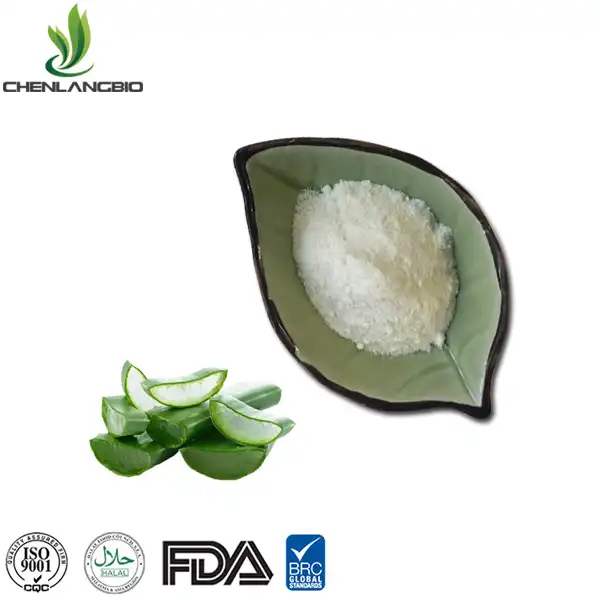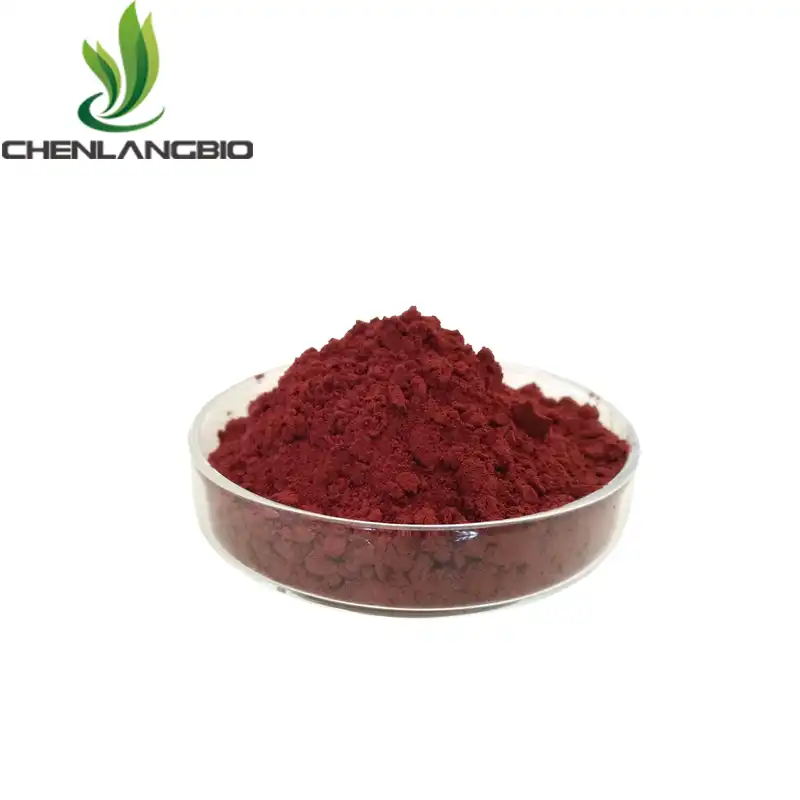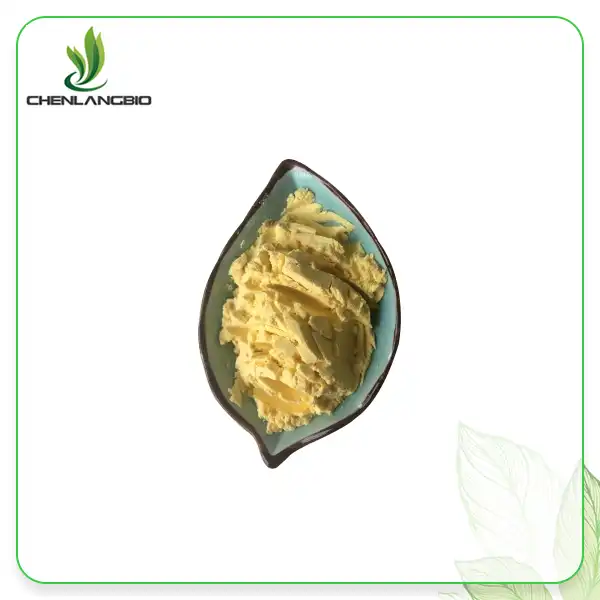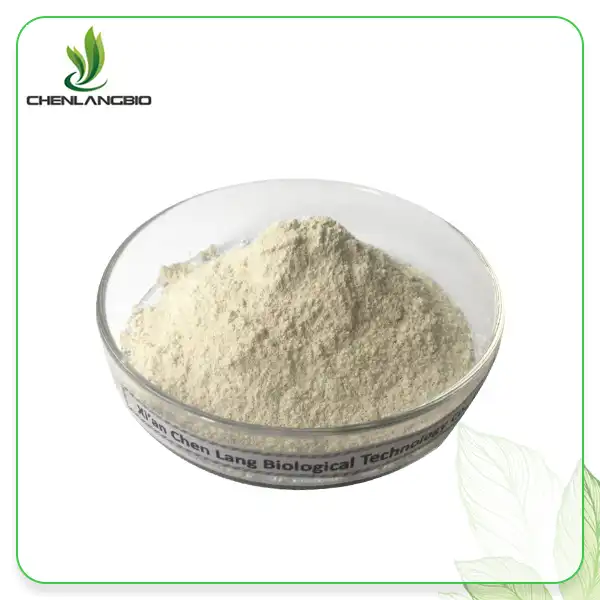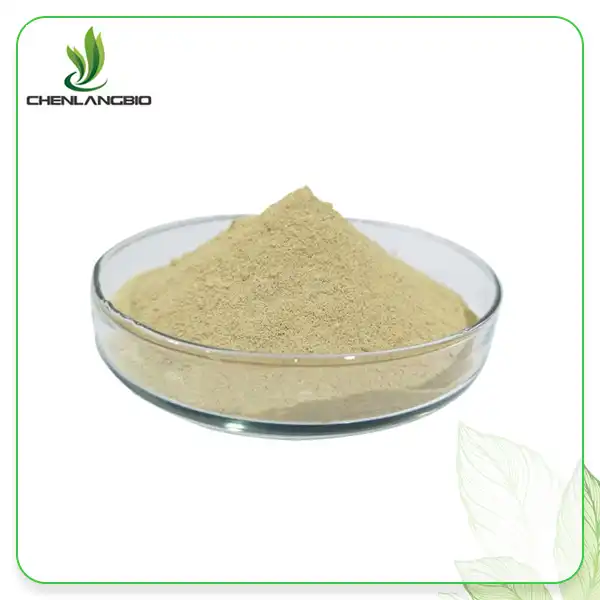What is 5-Aminolevulinic Acid Used For
2024-07-16 15:04:42
Introduction
5-Aminolevulinic Acid (5-ALA) is a versatile compound with a variety of applications in both medical and agricultural fields. Known for its role in photodynamic therapy (PDT), it is used to treat conditions such as actinic keratoses, a precancerous skin lesion caused by prolonged exposure to ultraviolet light. This compound is also being researched for its potential in other medical applications, such as cancer treatment and diagnosis. Furthermore, 5-ALA is employed in agriculture as a plant growth regulator and a biopesticide. This article will delve into the multifaceted uses of 5-ALA, exploring its benefits and mechanisms.
What Are the Medical Uses of 5-Aminolevulinic Acid
5-Aminolevulinic Acid (5-ALA) is a versatile compound with significant medical applications, especially in the field of photodynamic therapy (PDT). Here’s an expanded exploration of its uses:
Photodynamic Therapy (PDT)
Mechanism of Action: In PDT, 5-ALA is applied topically or administered orally, after which the area of interest is exposed to a specific wavelength of light. This light activates 5-ALA, converting it into a photosensitizer that produces reactive oxygen species (ROS). These ROS selectively destroy targeted cells, such as cancerous or pre-cancerous cells, while sparing surrounding healthy tissue.
Treatment of Actinic Keratoses: One of the prominent uses of 5-ALA is in treating actinic keratoses, which are rough, scaly patches on the skin caused by excessive sun exposure. The 5-ALA is applied to the lesions and then exposed to blue light, which helps eliminate the abnormal cells. This method is highly precise and reduces the risk of scarring and other side effects compared to surgical removal.
Benefits Over Traditional Treatments: PDT with 5-ALA offers several advantages over more invasive treatments, such as surgery or cryotherapy. These include lower risk of infection, reduced scarring, and shorter recovery times. Additionally, PDT can be repeated multiple times if necessary, making it a flexible option for patients with recurrent lesions.
Cancer Detection and Treatment
Intraoperative Visualization: 5-ALA is also utilized during surgical procedures for certain types of cancer, such as glioblastomas. When administered to patients, 5-ALA accumulates in cancerous tissues and, under specific lighting, makes these tissues fluoresce. This fluorescence aids surgeons in distinguishing cancerous tissue from healthy tissue, facilitating more complete tumor removal and improving surgical outcomes.
Adjunctive Cancer Therapy: Beyond its use in surgery, 5-ALA is being investigated as an adjunctive treatment for various cancers. Its ability to selectively accumulate in tumor cells and enhance the effects of radiation therapy and chemotherapy makes it a promising tool in comprehensive cancer management.
Dermatological Applications
Acne Treatment: 5-ALA is being explored for its potential in treating acne. By reducing the size and severity of lesions, 5-ALA-based PDT can help manage acne that is resistant to conventional treatments. The therapy works by targeting the sebaceous glands and Propionibacterium acnes, the bacteria involved in acne development.
Other Skin Conditions: Research is ongoing to determine the effectiveness of 5-ALA in treating other dermatological conditions, such as psoriasis and warts. Its ability to modulate cellular activity and reduce inflammation holds promise for these applications.
Ongoing Research and Future Applications
Expanding Indications: The potential uses of 5-ALA are continually expanding. Researchers are exploring its applications in diagnosing and treating other cancers, such as bladder and colorectal cancers. The compound’s ability to selectively target and highlight abnormal cells makes it a valuable tool in both diagnostic imaging and therapeutic interventions.
Combination Therapies: Combining 5-ALA with other treatments, such as immunotherapy, is another area of active research. The goal is to enhance the overall efficacy of cancer treatments by leveraging the unique properties of 5-ALA to improve targeting and reduce side effects.
How Does 5-Aminolevulinic Acid Work in Photodynamic Therapy
The effectiveness of 5-ALA in photodynamic therapy hinges on its ability to induce photosensitivity in targeted cells. When 5-ALA is introduced to the body, it is metabolized into protoporphyrin IX (PpIX), a compound that becomes activated upon exposure to specific wavelengths of light. This activation generates reactive oxygen species (ROS), which selectively destroy the photosensitized cells.
This mechanism makes 5-ALA a powerful tool in treating superficial skin conditions and cancers. The therapy's precision allows for targeted treatment with minimal damage to surrounding tissues, making it a preferred option for patients seeking less invasive procedures. Moreover, the versatility of light sources used in PDT, ranging from blue light to red light, allows for customization based on the treatment area and depth.
What Are the Side Effects and Precautions of Using 5-Aminolevulinic Acid
While 5-ALA is generally safe when used correctly, it can cause several side effects. Common reactions include redness, swelling, itching, and burning sensations at the treatment site. These side effects are typically temporary and subside within a few days to weeks. However, more severe reactions, such as blistering or significant skin irritation, may occur and should be promptly addressed by a healthcare provider.
Patients undergoing treatment with 5-ALA are advised to avoid exposure to direct sunlight and bright indoor lights for at least 48 hours post-application. This precaution is crucial as treated areas become highly photosensitive, and exposure to light can exacerbate side effects. Protective clothing and wide-brimmed hats are recommended to shield treated skin.
How Is 5-Aminolevulinic Acid Used in Agriculture
Beyond its medical applications, 5-ALA plays a significant role in agriculture as a plant growth regulator and biopesticide. Here’s an expanded exploration of its uses:
Plant Growth Regulation
Enhancing Photosynthesis: 5-ALA enhances the growth and yield of various crops by improving photosynthesis efficiency. It acts as a precursor in the biosynthesis of chlorophyll, the pigment responsible for photosynthesis, thus boosting the plant's ability to convert sunlight into energy.
Stress Tolerance: 5-ALA helps plants tolerate environmental stresses such as drought, salinity, and extreme temperatures. By improving the plant’s resilience to these stresses, 5-ALA aids in maintaining healthy growth and productivity under challenging conditions.
Biopesticide Properties
Inducing Systemic Resistance: 5-ALA helps control pests and diseases by inducing systemic resistance in plants. This means that treated plants are better equipped to fend off attacks from pathogens and pests, reducing the need for chemical pesticides. This biopesticide action promotes a healthier crop with fewer residues of synthetic chemicals.
Sustainable Farming Practices
Environmental Impact: The application of 5-ALA in agriculture aligns with sustainable farming practices. Its use minimizes environmental impact by reducing the dependence on chemical pesticides and fertilizers. This eco-friendly approach contributes to soil health and reduces contamination of water sources.
Healthier Crop Production: 5-ALA promotes healthier crop production by enhancing the plant's natural defenses and growth processes. This results in higher quality yields with potentially higher nutritional value and better marketability.
Application Methods
Foliar Sprays and Soil Treatments: 5-ALA can be applied through foliar sprays or soil treatments. Foliar application allows for direct absorption by the leaves, quickly boosting photosynthetic activity. Soil treatments enhance root development and overall plant health.
Compatibility with Other Inputs: 5-ALA is compatible with other agricultural inputs, such as fertilizers and other biostimulants. Its use in integrated pest management (IPM) programs enhances overall crop protection strategies by providing a holistic approach to plant health.
5-Aminolevulinic Acid is a multifaceted compound with significant applications in both medicine and agriculture. Its role in photodynamic therapy offers a less invasive, targeted treatment for conditions such as actinic keratoses and certain cancers. In agriculture, 5-ALA enhances crop growth and resilience, promoting sustainable farming practices. As research continues to uncover new uses and benefits, the future prospects of 5-ALA appear promising.
For more information, feel free to contact us at admin@chenlangbio.com.
References
Mayo Clinic. Aminolevulinic Acid (Topical Route) Description and Brand Names.
Drugs.com. Aminolevulinic Acid Topical Uses, Side Effects & Warnings.
MedlinePlus. Aminolevulinic Acid Topical: Drug Information.
DrugBank. Aminolevulinic Acid: Uses, Interactions, Mechanism of Action.
Cleveland Clinic. Aminolevulinic Acid Topical Gel.
Mayo Clinic Laboratories. Aminolevulinic Acid.
National Center for Biotechnology Information. Aminolevulinic Acid - Drug Information.
American Cancer Society. Photodynamic Therapy for Cancer.
SpringerLink. Biosynthesis of 5-Aminolevulinic Acid.
Biotechnology for Biofuels. Efficient bioproduction of 5-aminolevulinic acid.
Send Inquiry
Related Industry Knowledge
- What is Minoxidil Powder Used for?
- How to Use Durian Fruit Powder Daily
- Why Is Pure Fisetin Gaining Attention as a Powerful Flavonoid for Health and Wellness?
- Guide to Sodium Methylesculetin Acetate in Dietary Supplements
- How Does Nitenpyram Work
- Does Green Tea Extract Give You Energy
- What Is Alpha Glycerylphosphorylcholine Used For
- Is Lotus Leaf Extract Powder Good for Weight Loss
- What is Shilajit Extract Powder Used For
- Phellinus Linteus Extract Powder for Sale





